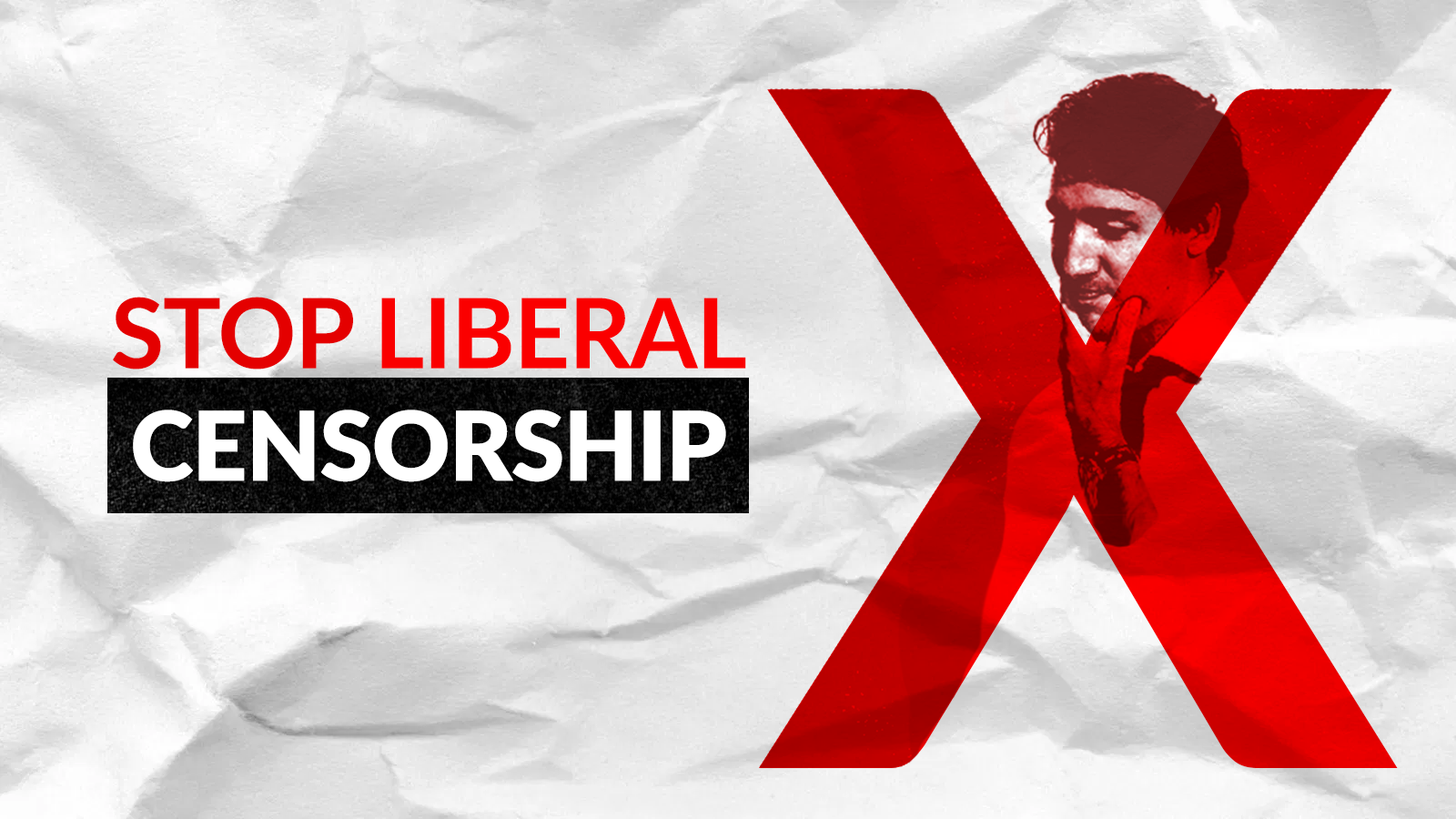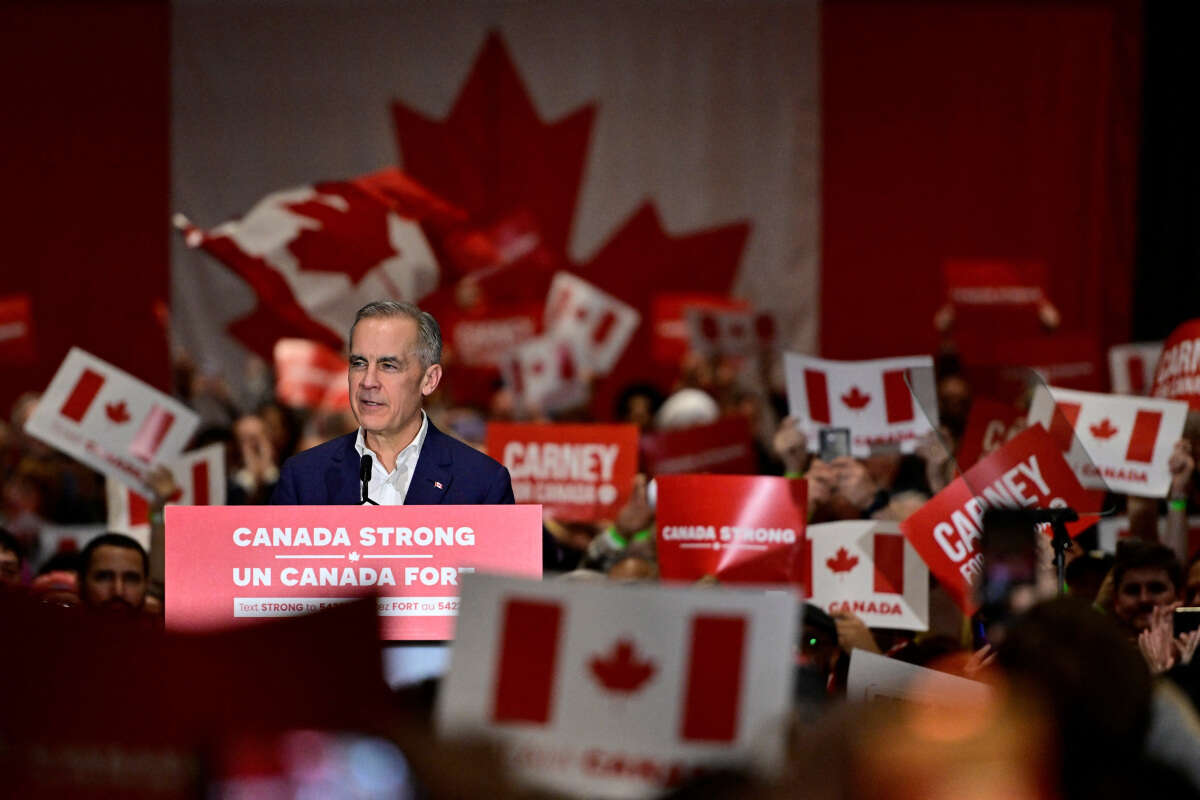Let’s be real — at some point, most of us have felt like the system is playing a game we don’t even know the rules to. Funny enough, that feeling isn’t just paranoia or a dramatic late-night thought. Across politics, health, and even the legal system, Canadians have been, in many ways, quietly misled by those who are supposed to serve them. And yes, I’m talking about everyone from elected officials to top bureaucrats.
Take politics, for instance. On the surface, it looks like democracy at work: debates, campaigns, promises. But scratch beneath the surface, and it’s a web of carefully spun narratives. Remember the 2019 federal election? Many Canadians were led to believe certain policies would fix glaring issues overnight — housing affordability, climate initiatives, healthcare reform. Yet, months later, the results often fell short, and we’re left wondering: were we really misinformed, or were promises deliberately vague so no one could call them out?
And it’s not just about policy. The way leaders frame “urgent national crises” can be telling. Think back to the pandemic (yes, we all need a little déjà vu here). Guidance changed, rules shifted — sometimes daily. Mask mandates, travel restrictions, vaccine rollouts… it was a lot. And sure, science evolves, but the messaging felt inconsistent, even manipulative at times. Health authorities and politicians sometimes made statements that seemed more about controlling public perception than clear, actionable guidance. The average Canadian trying to do the right thing was often left in a fog of confusion — a fog that wasn’t entirely accidental.
Now, pivot to the legal system. It’s supposed to protect us, right? But even there, things aren’t always as transparent as they seem. Consider high-profile cases where wealthy or influential people seem to get a softer touch — lighter sentences, delayed proceedings, or settlements that never see the public eye. The system often claims fairness, yet the patterns suggest an unspoken hierarchy. And no, I’m not saying every judge or lawyer is corrupt. But let’s be honest, if the system truly worked equally for everyone, wouldn’t it look a little different?
What really sticks with me are the small, everyday examples. Like when a friend called about a local health regulation change and couldn’t find clear info anywhere except a vague press release buried on a government website. Or when someone tries to contest a minor legal issue and finds the bureaucracy labyrinthine, almost designed to wear them down. These aren’t rare anecdotes — they’re glimpses of a broader pattern of obfuscation.
Let’s break it down a bit. Here’s how the Canadian public has been misled across key areas:
1. Politics: The Art of Promising Without Delivering
Politicians excel at the language game. Campaign slogans are catchy, speeches are inspiring, but the fine print is often a different story. Take election platforms. Some pledges are intentionally vague — like “we will improve healthcare accessibility.” Sounds great, right? But what does that even mean in practice? Budget allocations, timelines, and measurable goals are often left ambiguous. By the time the public realizes the gap between promise and reality, it’s election season again. Convenient, huh?
2. Health: When Confusion Becomes the Norm
Health communications are tricky. Nobody expects perfect clarity in a global health crisis. But when public messaging flips from one extreme to another without context, trust erodes fast. Canadians were told things one week, told something else the next, and often left to reconcile conflicting guidance themselves. The result? Many turned to social media for answers — a double-edged sword where misinformation thrives. The irony? The very systems designed to protect public health sometimes undermined it by prioritizing optics over clarity.
3. Legal System: Justice for Some, Not for All
The legal system’s opacity is staggering. Court proceedings, settlements, and judicial discretion are often hard to track. While the law pretends neutrality, the reality is nuanced. Wealth, connections, and influence often tilt outcomes. Take high-profile corporate cases — settlements are sometimes confidential, leaving ordinary citizens none the wiser. Meanwhile, smaller-scale issues for the average Canadian feel disproportionately complex and punitive. The gap between theory and practice can be wide.
4. Bureaucracy and Red Tape: The Invisible Barrier
Have you ever tried to navigate a government service? Waiting on hold for hours, filling out endless forms, only to be redirected to another department? It’s exhausting. And sometimes, that complexity isn’t just inefficiency — it’s a feature. A system that is difficult to navigate keeps citizens dependent on official guidance and reduces scrutiny. And guess what? Confusion benefits the system. If you’re too bogged down to ask the hard questions, it’s easier for misleading narratives to stick.
5. Media and Information Gatekeeping
Here’s the kicker: even the “fourth estate” isn’t immune. Mainstream media often simplifies, sensationalizes, or focuses only on certain angles. Combined with government messaging, it can create a controlled story. For example, press releases or selective coverage highlight successes while downplaying failures — making the public think the system is working seamlessly when reality is messier. And yes, independent media tries to fill the gaps, but it’s a constant battle for visibility and trust.
So why does this matter? Because when misinformation or half-truths become the norm, citizens start making decisions — both personal and political — based on incomplete or misleading data. And that has real consequences: mistrust in institutions, apathy, or worse, polarization.
Funny enough, Canadians are resilient. We notice inconsistencies, talk about them at kitchen tables, in coffee shops, online forums — wherever we can. That grassroots awareness is powerful. But it’s also exhausting. Constantly questioning the people who are supposed to protect you isn’t easy — emotionally or mentally. And yet, staying vigilant seems to be the only way to avoid being misled repeatedly.
I won’t pretend there’s a simple solution here. Transparency is complicated, and mistakes happen. But accountability? That should be non-negotiable. Officials, health authorities, and legal professionals should be challenged when opacity or misleading narratives appear. And citizens should expect more than vague assurances — they should demand clarity, evidence, and measurable outcomes.
At the end of the day, awareness is the first step. Canadians don’t have to accept every confusing, contradictory message. We can question, investigate, and insist on better communication. And maybe — just maybe — if enough people push back, those in power will start prioritizing honesty over optics.
Because let’s face it, nobody likes feeling deceived. And we’ve all had enough of that.










